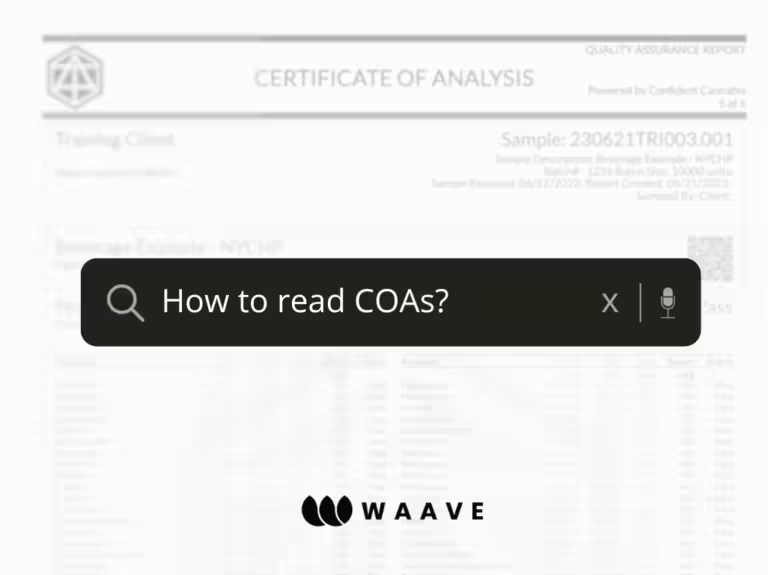In the constantly evolving and complex world of wellness, industry transparency couldn’t be more critical. This comprehensive guide will illustrate the pivotal role played by Certificates of Analysis (COAs) in ensuring product quality and safety—a focus pertinent for high-risk wellness buyers and sellers.
Why Product Quality Assurance Matters
For high-risk wellness buyers and sellers, understanding COAs is supremely beneficial, enhancing product reliability and compliance. Simply put, a COA is an official document issued by quality assurance that confirms a product meets its product specification. It contains actual results from testing performed as part of quality control of an individual batch of a product.
Being mindful of the COA eliminates chances for compromised safety, low-quality, or adulterated products. More end-users are becoming conscious of the products’ compositions—providing COAs is now a non-negotiable industry standard.
Interpreting Certificates of Analysis (COAs): A Walkthrough
Clever marketing and deceptive labels can be misleading, but COAs present the actual facts. Here’s a simple guide to understanding COAs:
1. Confirm the Product and Batch Identifier
Every COA should be specific about the product it is detailing. It should provide the exact product name as well as a batch or lot number that corresponds to the information on the product packaging.
2. Review Lab Details and Test Date
Lab details incorporate the name, address, and contact details of the lab that performed the testing. Make sure the test date isn’t too old, as the product quality might have deteriorated over time.
3. Examine the Profile of Key Compounds
For wellness products, knowing the ingredients and their concentrations is pivotal. A reputable COA identifies not just the desired beneficial compounds but also detrimental components if they exist.
4. Check Purity and Potential Contaminants
Quality wellness products should be tested for contaminants like heavy metals, residual solvents, and pesticides, to name a few. Tests like these ensure the product is pure, safe, and high-quality.
5. Interpret the Result Summary
Most COAs come with a summary section—decoding the overall product quality in less technical terms. It usually indicates whether a product has met standards for all tests performed.
6. Validate the Approval Signature
A legitimate COA should consist of a sign-off from an authorized personnel from the analyzing laboratory, verifying the accuracy of the results and adding authenticity to the certificate.
Be A Responsible Player in the High-Risk Wellness Realm
In the high-stakes wellness market, understanding COAs isn’t just good practice—it’s a necessity. These certificates are the industry’s way of ensuring transparency and trust among buyers and sellers. If a company cannot provide a COA for a product, it’s a glaring red flag.
Navigating the high-risk wellness market means diving into COAs. With this knowledge, you’ll not only enhance your market position but also empower your clients with safe and reliable products. Trustworthy and transparent business practices always pay well in the world of wellness.




